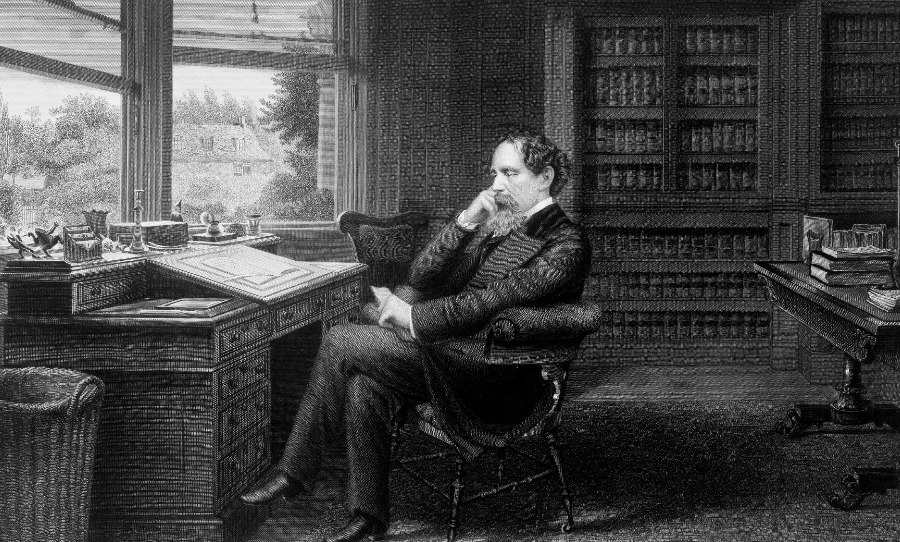Written in once-indecipherable shorthand, Charles Dickens’ 1858 letter has been decoded by a pair of American computer programmers.
For over a hundred years, Charles Dickens‘ 1858 Tavistock letter sat, uninterpretable, in a vault in the Morgan Library & Museum in New York. Written in his characteristic shorthand — which, to the untrained eye, look like a series of squiggles and dots — the letter spent decades mystifying literary scholars.
That is, until a pair of American computer programmers cracked it, motivated by a challenge posted by the University of Leicester, which distributed a copy online with a prize of 300 British pounds, to the person who could make the most sense of it.

In first place was Shane Baggs, a computer technical support specialist from California, who had never read a Dickens novel before. The runner-up was Ken Cox, a 20-year-old cognitive science student from the University of Virginia. They had both come across the challenge on a Reddit thread.
An international team of volunteers and amateur decoders have helped experts solve the enduring mystery of a letter written by celebrated novelist… https://t.co/6ucWmmWy68 The Devil’s Handwriting has been deciphered after 150 years. Happy Birthday, Charles Dickens.
— Wilda Williams (@willywaldo) February 7, 2022
The shorthand that Dickens used was based on Gurney’s system of shorthand (i.e. Brachygraphy) but, over the years, evolved with his personal style to become a code that was unintelligible to anyone but himself.
In his younger years, Dickens worked as a court reporter, which has been attributed as the reason behind his proclivity for using shorthand in his personal works — having even referred to the style as “a savage stenographic mystery,” himself, in his semi-autobiographical novel David Copperfield.

While the piece is only partially translated, the decoding process has enabled researchers to uncover a substantial portion of the letter. The two programmers, with the help of literary scholars, have revealed the content to be a discussion of a dispute Charles Dickens had with the head of a British newspaper, The Times of London.
As per a report by the New York Times, part of the letter reads, “’I feel obliged, though very reluctantly, to appeal to you in person …’ In another part, Dickens use[s] the phrase ‘untrue and unfair,’ which [experts say] was an example of strong, direct language in the 19th century that showed the writer was angry.”
University of Leicester’s Dr. Claire Wood said “In the letter we glimpse Dickens the businessman, using personal contacts to promote his interests and strongly arguing his case.”
Philip Palmer, the head of manuscripts at the Morgan Library & Museum, said of the discovery: “Having the text of this letter at long last will allow scholars to learn more about Dickens’s shorthand method while gaining further insight into his life and work.”



